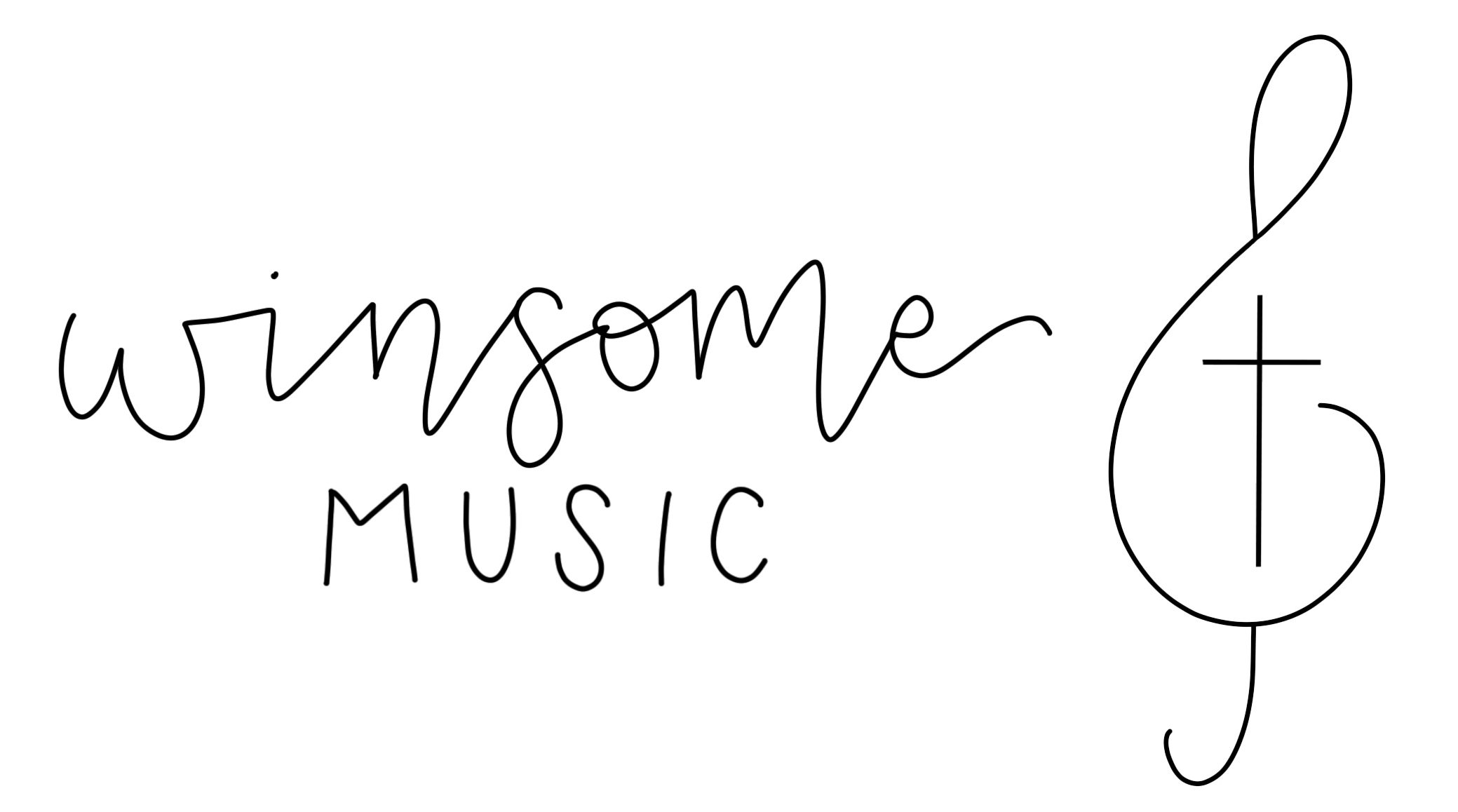I have discovered over my 7 years teaching that, with younger students (grades 4 and under), music composition can be a challenge. This is especially true when attempting to use traditional notation. My students are quite proficient at reading music notation and playing a treble-clef instrument (recorder, xylophone, etc.); it is a whole different story when it comes to composing a song. If we use traditional notation to write down our songs, my kids get bogged down in the mechanics and lose the spirit of creativity and expression. This year, I have tasked my 3rd and 4th graders with composing in a more free environment. Here are my suggestions for making composition more successful and creative….
Use Non-Traditional Notation – Kids have amazing musical ideas that are often more complex than the music they can notate. By allowing students to notate their songs in any way they see fit, you will end up with much more creative and expressive compositions. Ideas for non-traditional notation: letter/note names, fingerings, shapes, circles, lines – the ideas are unlimited as long as the student understands his/her system of symbols and can perform it from those symbols.
Limited Pitch Range – Give your students a set number of notes with which to compose. With recorders, we use the G pentatonic scale (low D, low E, G, A, and B) because those are the first 5 notes we learn and pentatonic is always a successful mode for improvisation and composition. With younger students, you can even limit it further to 3-notes, such as Sol-La-Mi or Do-Re-Mi.
Begin and End on Tonic – Giving your students a starting and ending note ensures that your students’ songs will have a tonal center. When we are composing in G pentatonic, I have my students always start and end on G. If you are exploring other tonalities, like minor mode, or using limited pitches, like Do-Re-Mi, adjust your starting pitch accordingly.
End the Project with a Recital! – Who wants to write a song only to keep it to themselves? With user-specific notation systems, the only way to share the students’ compositions is to have each kid perform their song for their classmates. We set up our recital with an order and program (listing performers, composers, and titles) and treat it as a real recital. You could even invite parents to attend music class if time and situation allows.
I hope this will get you and your students composing freely and creatively!
What ideas do you have about composition with young students? Please share!


Thank you for some great points in the post above.
LikeLike